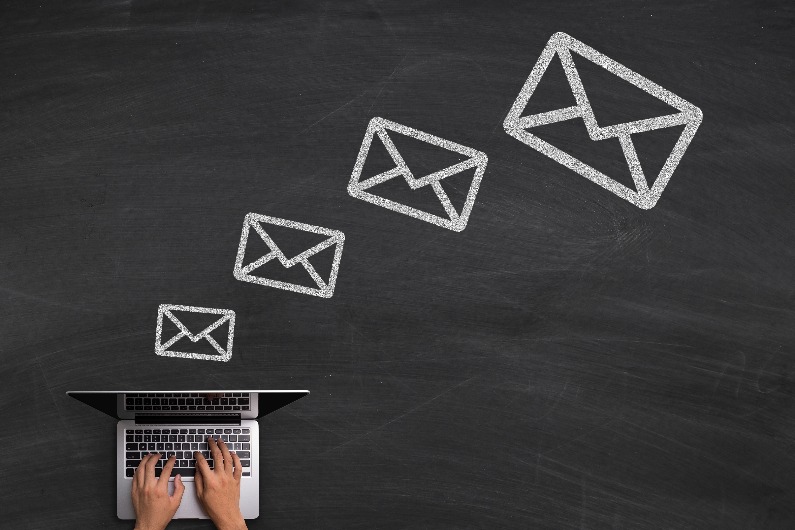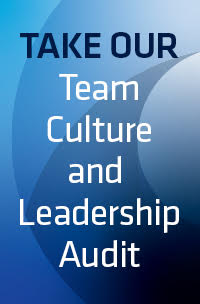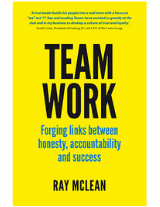At Leading Teams, we often say that communication is the response you get.
What does this mean?
When communicating a message, most people like to think they make complete sense with what and how they say things. However, the real barometer of the communication’s effectiveness is in how it is understood – or the response that is actually received.
Everyone sees emails differently
I recently held two initial days with a leadership team.
As we approached lunch, conversations were flowing as we explored the dynamics of their team and unpacked the workplace personality profile tool, DiSC, they had previously completed.
As discussions developed, the team began to understand just how differently people thought and felt about communication in their workplace, especially around email.
Pete, a team leader, shared how an email with “Hi/Hey” and ending with “Cheers/Thanks” to internal colleagues was a complete waste of time in his eyes. Emails that had extra ‘fluff’ (as he called it), such as “I hope this finds you well,” really annoyed him.
As Pete shared, there were varying degrees of agreement. Another leader, Deb, was floored.
“Pete, you’re being heartless. People are just trying to humanise their emails…”
What followed was a healthy discussion that raised awareness and a greater understanding for the team around their communication.
Following the two days, I sent to the team an email demonstrating four different communication approaches connected to four different types of readers:
1.
Hi there,
Please find attached your Leading Teams summary from Tuesday 15 & Wednesday 16 May.
It includes:
- DiSC overview and summary
- The DiSC team profiles
- Your team’s agreed behaviours
- The Relationship Pyramid
- Your individual commitments
James will be in touch within the next week to let you know our review session date.
If you have any questions on any of the above, please let me know.
Kind regards,
Steve
2.
DiSC profiles and summary attached.
3.
Hey legends,
Great being with you over the last two days!
Johnny and Barb, your elevator pitches were a particular highlight.
Attached are your DiSC profiles and the content we covered.
Looking forward to seeing you in six weeks.
Cheers, Steve
4.
Hi all,
It was fantastic connecting on Tuesday and Wednesday, thanks for your input.
Attached is a summary of your Disc profiles and the content we covered. Please circulate to the team.
If required, I’d be happy to discuss any of the above.
See you soon.
Thanks again,
Steve
Tailor your communication
After sending this email to the team of 10, I had three responses within 48 hours. The responses were:
“Gold”
“Thanks Steve”
“Talk about waffle, thanks for the update.”
How to get the best possible response
So, are you tailoring your email communication to get the best possible response?
As you write emails, consider the following to give yourself the best chance to get your desired response.
- What is your relationship like with your reader?
- Do you know how your readers like to be communicated to?
- If not, a starting point can be to mirror how they communicate, or ask them for their preference.
- Do you have the skills to adjust your messages for different readers?
- If you have a gap in skills, explore ways to upskill.
- Have you factored in the timing of your email to get the best response?
- For example, if possible avoid late Friday afternoon emails.
- Ask yourself whether you email is avoiding a conversation that needs to be had? Do you need to pick up the phone or see the person face to face? If so, have you considered the adjustments you will need to make with your verbal communication?
We are far more effective in our communication when we learn to treat others how they want to be treated rather than treating them how suits best for us.
For help tailoring your communication to get the best response, give us a call today on 03 9654 3744.




